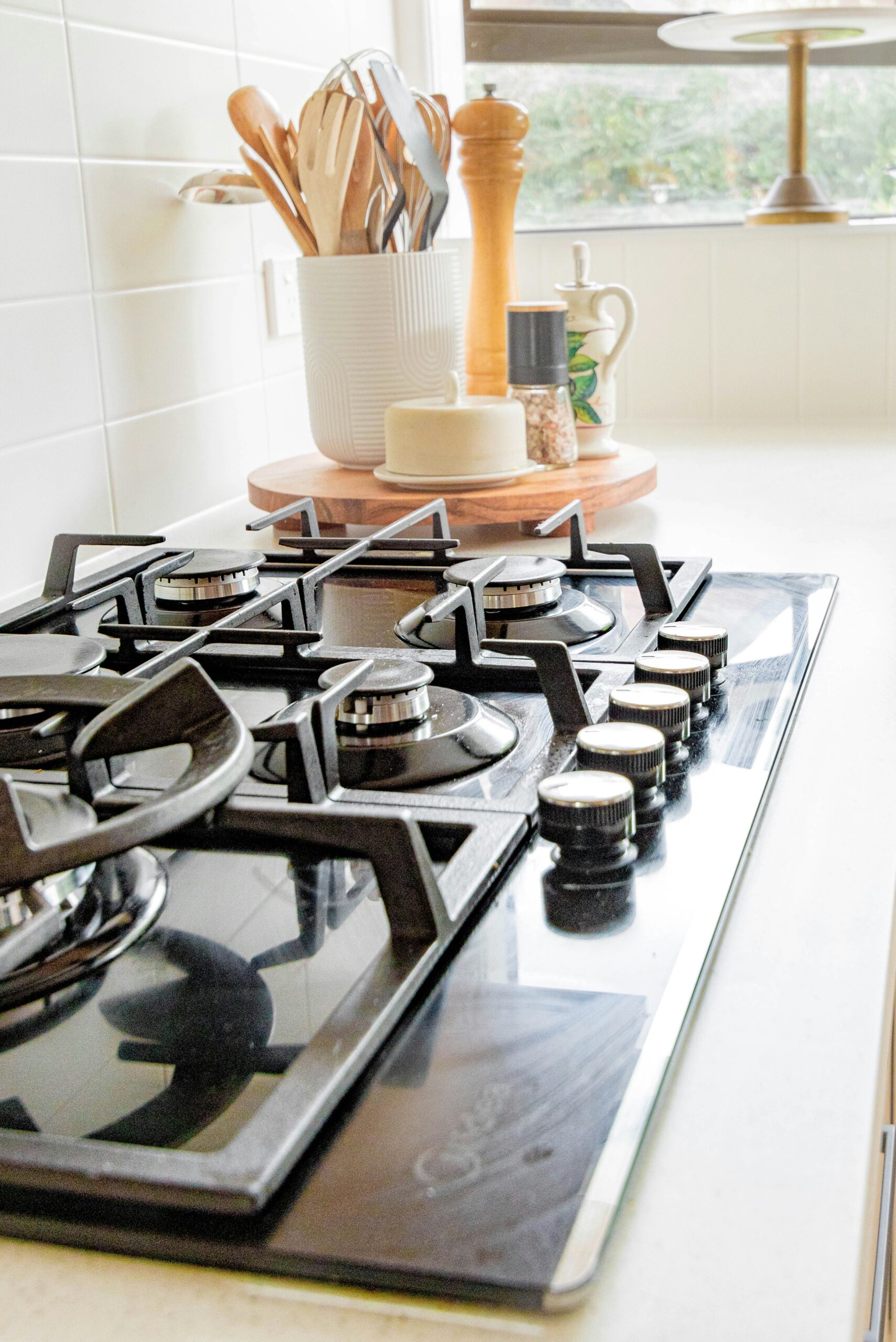The first people prepared their food in pits in the ground or in natural bowls, such as the shell of a turtle. These were later replaced by bowls of pottery and castings, while the open fire gave way to more easily controlled methods. The advent of electricity revolutionized things. As a chef, you may prefer gas cooktops because of their high responsiveness and intuitive operation.
In the home kitchen market, induction fires, the latest technological development, have been taking over from gas fires for some time. The rather conservation-minded hospitality industry is lagging somewhat behind. Still, cooking on your induction offers you many advantages. Low energy consumption is perhaps the most important. So it makes sense that a lot of hospitality kitchens are also making the switch from gas to induction.
In this blog, we will show you with concrete examples how gas and induction work, what the differences are and what they mean for you as a professional chef. Still have a question after reading? Contact D’Heldt and take advantage of our years of experience to receive tailored advice.
This is how cooking on gas versus induction works
A gas fire is connected to a gas source, such as natural gas or propane gas. By turning the knob of the fire open, gas flows to the burner. There it ignites by an automatic ignition mechanism, usually an electric spark. You adjust the heat by sending more or less gas to the burner.
Induction cooktops use electricity, but do not work the same as an electric fire. That uses heating elements such as metal coils, which heat up when current flows through them. Then place your pots and pans directly on the heated surface.
In an induction fire, the coils under the glass plate create a magnetic field. This is picked up by cookware with a ferromagnetic base, such as iron or certain types of stainless steel, and causes eddy currents. The resistance of the metal converts the electrical energy into heat, which goes directly to your pot or pan.

Cooking on induction, the efficient choice
A first advantage of cooking on induction: efficiency is tremendously high compared to other methods. A gas fire heats the area above it, whether or not there is a pot or pan on it. Specifically, a lot of the heat is lost. With an induction stove, the heat goes directly to the pot or pan. Moreover, there is hardly any residual heat after the fire is turned off.




These infrared photos show the heat output of different cooking methods. Induction (left) has an efficiency as high as 95%, with barely any heat loss. For infrared, gas fire and electric fire, the efficiency drops successively to less than 75%, less than 60% and less than 40%.
Another example: on a 12.5 kW gas burner, it takes 6 minutes to boil half a liter of water and 26 minutes to bring 8 liters of water to a boil. A 6 kW induction cooktop took 1 minute and 11 minutes, respectively. That’s two to six times faster.

Cooking on induction, the conscious choice
The biggest advantage of cooking on induction is undoubtedly the low energy consumption. Exactly because of the efficient heat output, less energy is needed to get the same result. And lower energy consumption is not only good news for the climate. Also for your portfolio induction is an interesting choice in the long run.
Menu System, European leader in custom induction stoves, conducted a comparative test at Scirocco restaurant. Cooking was done for 10 days on gas and 10 days on induction, always under the same conditions. The fires were used about 10 hours a day. Total consumption on these 10 days was 438 kWh of gas and 113 kWh of electricity, a difference by a factor of 4. At current energy prices, the investment in induction stoves provides this catering business with annual savings of about 2,500 euros.
Switching from gas to induction?
Professional chefs are used to cooking on gas. They love the stile, the craft, the feeling of fire. But you also literally feel the heat when you cook on gas. In a kitchen with gas stoves, it is often panting, sweating and wheezing. In a kitchen with induction stoves, it is much cooler and more pleasant to work in. Therefore, our advice: if you can’t stand the heat, don’t stay out of the kitchen, but go for an induction stove.
That switch in no way means sacrificing the intuitive control of a gas fire. With the Menu System Slide Control, you easily adjust the energy of the induction cooktop by moving your pan. In the middle, the power is fully open, but as you move your pan to the edge, the heat drops quickly and continuously. Most of our customers have fully mastered cooking on induction after 1 to 2 weeks and never want to go back to gas fires.
D’Heldt, exclusive distributor of custom induction stoves
D’Heldt is exclusive distributor for Belgium of Menu System. This is the European leader in induction stoves tailored to your kitchen. Convinced of the benefits of induction cooktops? If so, please contact us. Together with one of our representatives, you will draw the stove of your dreams, fully customized to your wishes, needs and requirements.